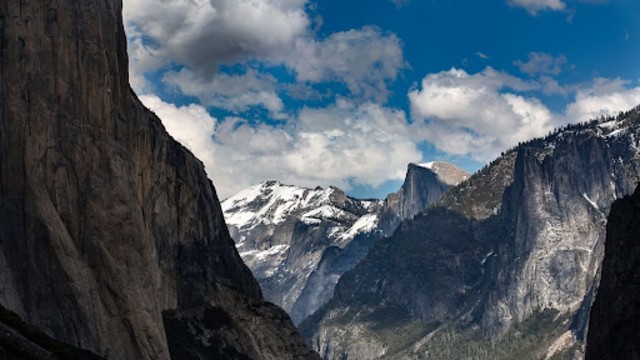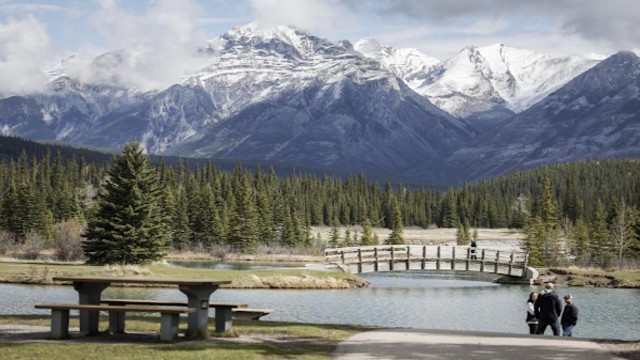
Scientists discovered that Earth's crust is slowly peeling away beneath the central Sierra Nevada, including Yosemite National Park, by analyzing earthquake data and studying deep rock deformations. Getty Images
Seismologist Deborah Kilb made an exciting discovery while analyzing earthquake data from California. While reviewing the past four decades of records, she noticed unusual deep earthquakes under the Sierra Nevada mountains. These quakes were happening at depths much greater than what is normally expected in Earth's crust.
Kilb, who works at the Scripps Institution of Oceanography at the University of California, San Diego, explained that earthquakes usually occur at a depth of 10 kilometers (6 miles) in Northern California and up to 18 kilometers (11 miles) in Southern California. However, the earthquakes she found near the central Sierra Nevada were happening between 20 and 40 kilometers (12 to 25 miles) deep. This was unusual because such deep quakes are not typically found in Earth's crust.
Kilb reached out to Vera Schulte-Pelkum, a scientist at the University of Colorado Boulder, who had been studying the Sierra Nevada's strange rock formations. Schulte-Pelkum had already observed deep rock deformations in the area, so she and Kilb decided to work together. They used a technique called receiver function analysis to study the structure beneath the Sierra Nevada. This method uses seismic waves to map Earth's internal layers. The results of their research revealed something fascinating: the Earth's crust beneath the Sierra Nevada is slowly peeling away, a process called lithospheric foundering.
Lithospheric foundering happens when the outer layer of Earth, the lithosphere, sinks into the lower layer of the mantle. This discovery matched earlier theories that suggested this process had occurred in the region. Now, researchers believe the process is still happening, especially in the northern part of the Sierra Nevada mountain range.
Schulte-Pelkum shared her thoughts on the significance of this discovery: "We realized that my strange rock fabric and her deep earthquakes were happening in the same area. This led us to uncover a bigger story." The peeling process under the Sierra Nevada could provide valuable insights into how continents form and how Earth’s inner layers work. It also helps scientists better understand earthquakes and the ongoing changes within the planet.
The lithosphere is made up of Earth’s crust and the top part of the mantle. These two layers are solid, but the mantle beneath is more fluid and denser. The continents sit above this mantle because they are made of less dense materials. For the continents to rise above sea level, denser materials in the lithosphere need to be removed. Lithospheric foundering helps achieve this by sinking denser materials into the mantle, allowing the less dense material to float higher.
When Kilb and Schulte-Pelkum studied the mantle beneath the Sierra Nevada, they found a distinct layer between 40 and 70 kilometers (25 to 43 miles) deep. This layer showed specific changes as they moved northward, much like the stripes that form when colored clay is squeezed. In the southern Sierra, the dense rocks had already separated from the crust, but in the central region, this process is still ongoing. In the northern part of the Sierra, no deformation was found yet.
The deep earthquakes Kilb identified are likely caused by the thick crust in the central Sierra, which is cooler and more rigid due to the peeling process. Scientists believe this transformation is slow, and the Sierra’s lithospheric foundering may have started around 4 to 3 million years ago.
This discovery provides clues about how the Earth has evolved and could help explain future changes in the landscape. Mitchell McMillan, a research geologist, noted that the Sierra Nevada's ongoing geological shifts might eventually stretch the land vertically, though this could take hundreds of thousands of years. Similar events may have occurred in the Andes mountain range in South America.
Understanding this process is important not only for Earth’s history but also for the future. It may offer insights into other planets, such as Venus, which shows signs of similar processes. Schulte-Pelkum concluded, "We owe our existence on land to these processes happening deep below us."















